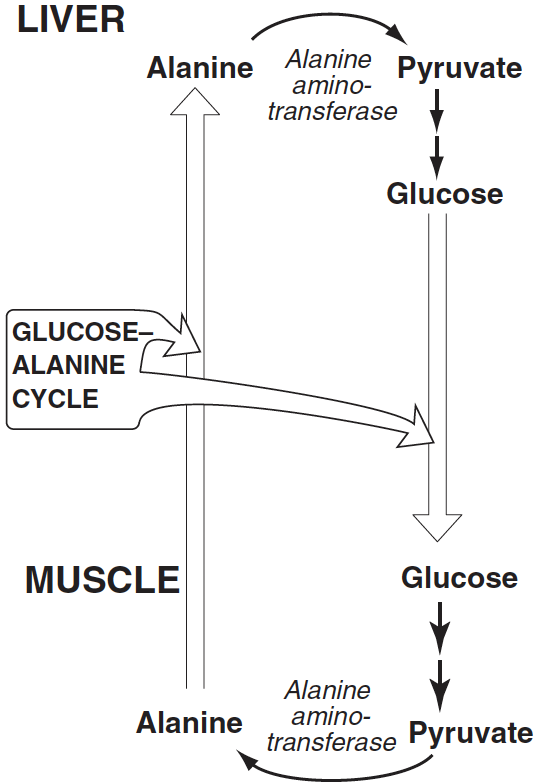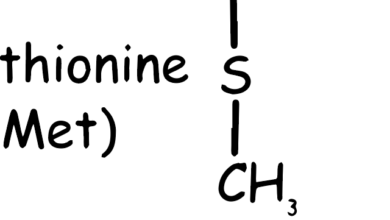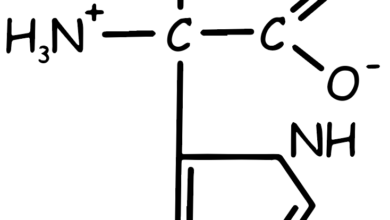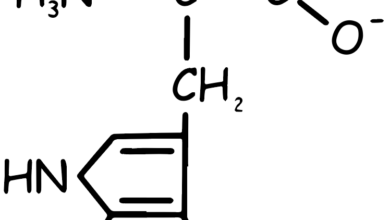Alanine amino acid
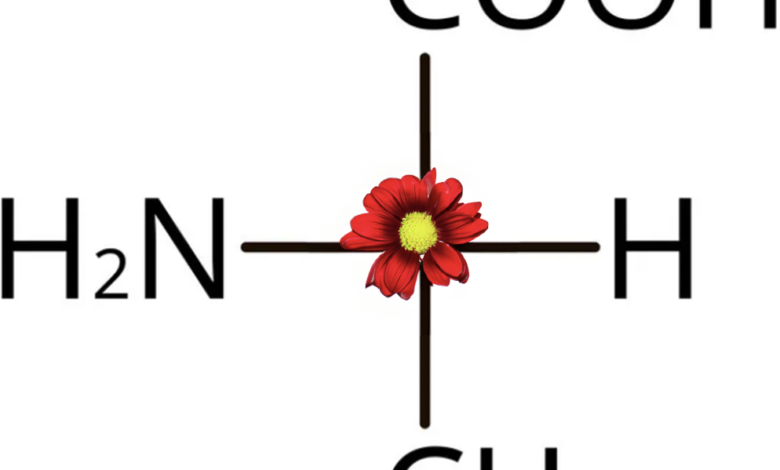
Alanine is a non-essential amino acid, which means it can be produced by the human body and does not need to be obtained directly through diet. While the body can produce alanine, it’s also found in protein-rich foods. Meat, poultry, fish, dairy products, and eggs are good sources. Plant-based sources include beans, nuts, seeds, soy, and whole grains. Alanine supplements are sometimes used by athletes to improve performance, though scientific support for these uses is variable.
Alanine is one of the simplest amino acids, with a chemical formula of C3H7NO2. Its side chain is a methyl group, making it one of the nonpolar, aliphatic amino acids (see Figure 1).
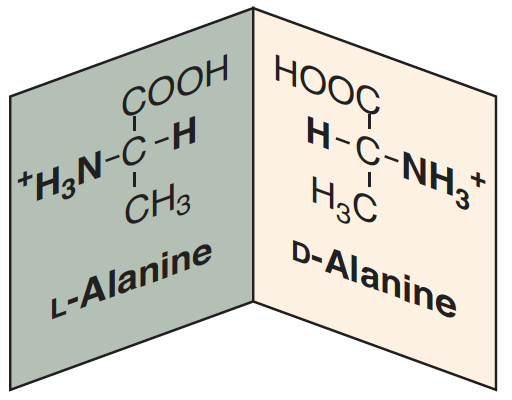
Q: What causes the production of Lactate in exercising muscles and Alanine in fasting muscles? A: Lactate is formed in exercising muscles due to anaerobic glycolysis, whereas alanine is produced in fasting muscles as a result of transamination reactions.
The Glucose-Alanine Cycle
Also known as the Alanine Cycle, is an important biological process in the body, particularly during periods of intense exercise or fasting. This cycle facilitates the transfer of nitrogen from muscle tissue to the liver, playing a crucial role in metabolism (See Figure 2).
When muscles are exerted or during fasting, they break down amino acids for energy. Among these amino acids is alanine, which is formed from pyruvate, a product of glucose metabolism. This process, known as transamination, is essential as muscles lack the necessary enzymes for the urea cycle, which detoxifies ammonia produced from amino acid metabolism.
Once formed, alanine is transported from the muscles to the liver via the bloodstream. In the liver, alanine undergoes a process called deamination, where it is converted back into pyruvate. This pyruvate can then be used in gluconeogenesis, a metabolic pathway that generates glucose from non-carbohydrate substrates. This process is particularly important during fasting to help maintain blood glucose levels.
The newly formed glucose in the liver can then be released back into the bloodstream and used by various tissues, including muscles, as an energy source. This is crucial for maintaining energy levels, especially when the body’s carbohydrate reserves are low.
Additionally, the nitrogen removed from alanine during deamination in the liver is incorporated into urea through the urea cycle. This urea is then excreted from the body in urine, safely disposing of excess nitrogen from protein metabolism. This aspect of the cycle highlights its importance in not just energy production but also in managing nitrogen balance in the body.
